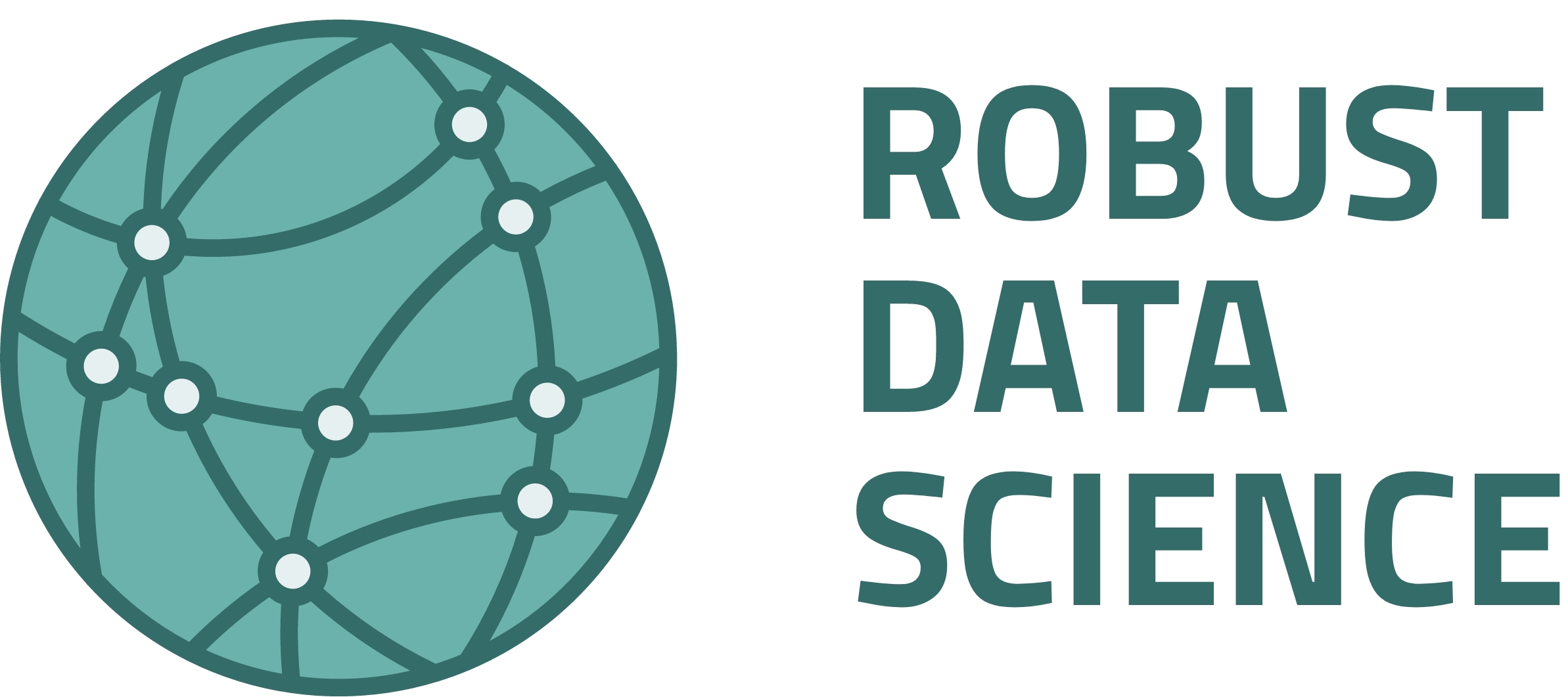RDS Excursion
to the Paul Scherrer Institute and the Lippmann plates exhibition at Photo Elysée
2023/05/16 by TK
From 3rd to 4th of May 2023, the RDS Group organized a student excursion to Switzerland in order to visit the Paul Scherrer Institute, as well as the Lippmann plates exhibition at Photo Elysée in Lausanne.
The excursion started by visiting the Paul Scherrer Institute (opens in new tab) (PSI), where our group was welcomed by Dr. Benjamín Bejar Haro (opens in new tab) and the Swiss Data Science Center (opens in new tab) (SDSC) office. During the talks prepared by the SDSC, our group had the opportunity to get insights into state-of-the-art research for data processing in large-scale infrastructures such as protein crystallography, which was followed up with a tour through the Swiss Light Source (SLS). The SLS is a synchrotron that provides multiple X-ray beamlines, three of which are used in the context of protein crystallography, which is a technique for studying the structure of protein molecules. These proteins can crystallize under regulated conditions, such that an incoming beam, which hits the crystal, results in a diffraction pattern that can be measured. The diffraction pattern contains information about the protein's structure, which can then be reconstructed, provided that sufficient measurements from different angles are collected.
The next day of the excursion was dedicated to visiting the Lippmann plates exhibition (opens in new tab) at Photo Elysee (opens in new tab) in Lausanne. Lippmann photography, also called interference photography, was developed by Gabriel Lippmann in 1891-1894. The process uses the generation of standing waves of light with the aid of a mirror. The standing waves are recorded in a single layer of panchromatic and ultra-fine-grained, black-and-white photographic emulsion. The emulsion is exposed to diffraction patterns that represent a Bragg condition. According to Bragg's law, the scattered light undergoes constructive interference, which results in an image with colors very similar to the original. For this method, Lippmann received the Nobel Prize in Physics in 1908. Photo Elysée houses the largest collection of plates made by Lippmann himself and housed in one institution (137 of nearly 300 plates distributed on all continents). The museum has collaborated with the Laboratory of Audiovisual Communication (opens in new tab) (LCAV) of the Swiss Federal Institute of Technology Lausanne (opens in new tab) (EPFL) to better understand the complexity of interference photography, which allowed them to explain the process and present it to the public in the exhibition in an innovative way.
The excursion finished with a walk through the spectacular vineyard terraces of the UNESCO World Heritage Site in Lavaux and a group picnic around shores of Lake Geneva.
The excursion has been kindly supported by the association Freunde der TU Darmstadt (opens in new tab) with 2,000 €.





